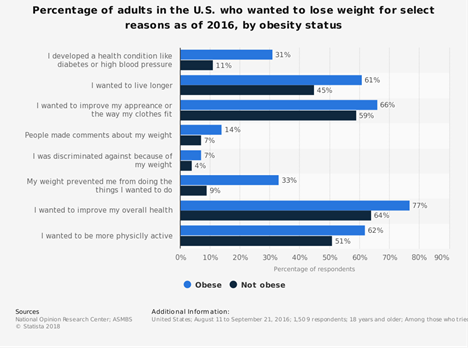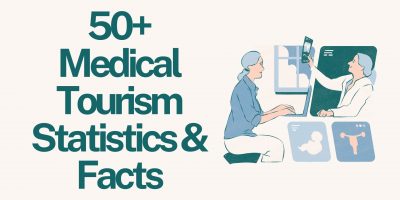
Does Your Insurance Cover Freezing Eggs?
Explore women’s options for covering the cost of egg freezing with insurance, including financial assistance programs that may help cover expenses.

Modern lifestyle has caused a surge in obesity throughout the world and, coupled with it, the intention for weight loss has also increased. Losing weight requires both willpower and dedication; however, even more important is knowing the right methods and lifestyle changes that must be adopted to achieve permanent changes.
Employers should be invested in the health and wellbeing of their employees, as a healthy employee is more productive, has fewer health issues, and costs the company less in benefits. In this article, we will shed some light on what the science says about losing weight and its importance for employees.




Losing weight is a commitment that many make, yet most have trouble keeping. Gaining knowledge may be the best approach to losing weight. Having a fact-based approach and trusting the science behind it is a safe way to achieve weight loss. Companies can help their employees with weight management programs.
Browse our curated list of vendors to find the best solution for your needs.
Subscribe to our newsletter for the latest trends, expert tips, and workplace insights!

Explore women’s options for covering the cost of egg freezing with insurance, including financial assistance programs that may help cover expenses.

Explore egg-freezing statistics and trends that offer valuable insights into the dynamic landscape of fertility preservation.

Discover the global landscape of medical tourism, explore insights by country, cost savings, and future projections in healthcare travel.

Explore 30+ statistics on work, stress, and the impact of COVID-19, providing valuable insights into the challenges employees face in today’s dynamic work environment.
Used by most of the top employee benefits consultants in the US, Shortlister is where you can find, research and select HR and benefits vendors for your clients.
Shortlister helps you reach your ideal prospects. Claim your free account to control your message and receive employer, consultant and health plan leads.